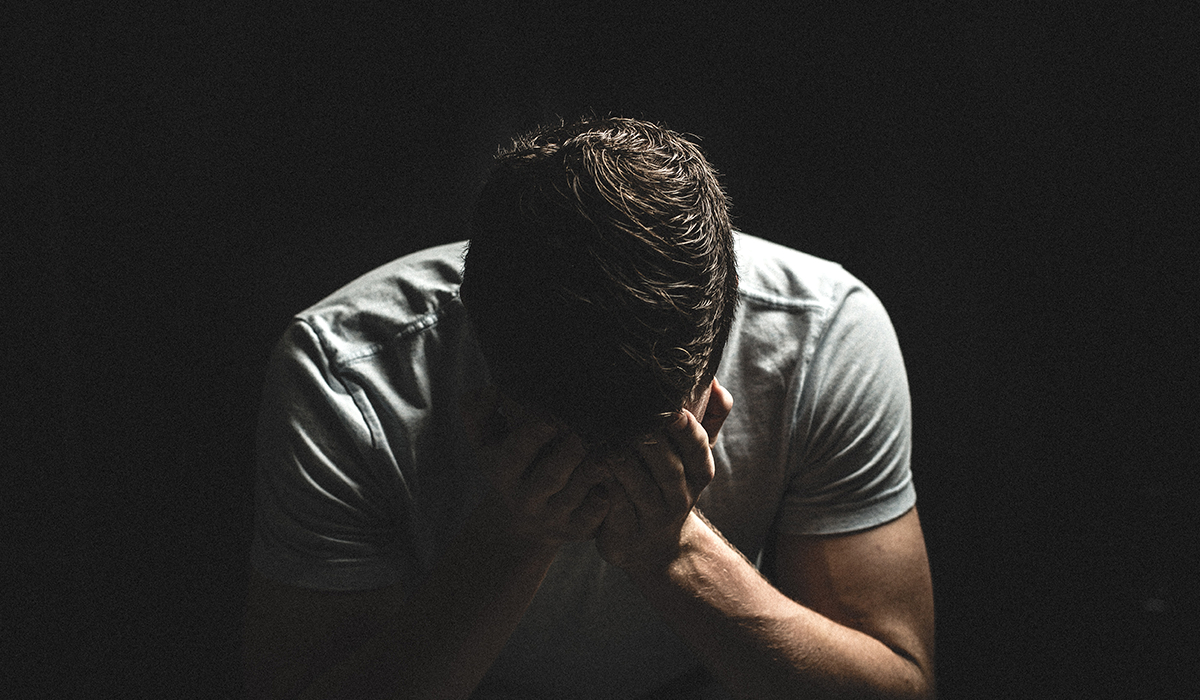The Story of the Prodigal as Therapeutic Frame: Part One

“In these days of increasing addictions, we have wandered far away from our Father’s home. The addicted life can aptly be designated a life lived in “a distant country.” It is from there that our cry for deliverance rises up.”
― Henri J.M. Nouwen, The Return of the Prodigal Son: A Story of Homecoming
Henri Nouwen’s The Return of the Prodigal Son is based on his observation of Rembrandt’s painting from Luke 15. Rembrandt captures with precision the father’s wholehearted embrace, the younger son’s exhaustion, and the elder brother’s disparaging gaze. As Nouwen reflects on the painting, he writes, “Sometimes I feel like the older brother and sometimes I am like the younger brother. I wonder which one we are supposed to be?” Nouwen ultimately comes to peace with the idea that he is to be like the father: “For a long time the father remained ‘the other,’ the one who would receive me, forgive me, offer me a home, and give me peace and joy. The father was the place to return to, the goal of my journey, the final resting place. It was only gradually and often quite painfully that I came to realize that my spiritual journey would never be complete as long as the father remained an outsider” (p. 120 -121).
I understand that our destination is to be like the Father—more gracious, more kind—but what staggered me about Nouwen’s reflection was that we all embody each character of the narrative. I had never seen the story from this lens. I had long known I exemplified the runaway son, choosing the futility of my addictions, delusions, and fantasies of rebellion over the safety of my Father’s home, yet Nouwen’s idea was all too true: both the elder son of judgment and the Father of love warred within my bones.
This concept comes more alive than ever in my work as a therapist and my own continued journey as a client. Luke 15 is beginning to frame how I come to each therapeutic encounter. This two-part article will explore how the narrative of the prodigal can be used as a therapeutic frame in our own redemption and in the restoration of those we walk alongside.
The Son Stage
We all bear a trajectory similar to that of the son: a rebellion from what is good, a sprint away from love, a fear of hope, and an exodus from our own glory. This can look like sabotage of many forms, a litany of addictions, self-contempt, or the classic “son” sins of extravagant living, wasteful spending, and/or sexual promiscuity.
Yet it is vital to know that the “sin” is rarely the point in the therapeutic frame, which instead looks toward coming to a place of permission to “return home as honored one” (the Father Stage). The “sin” is easily engaged and acknowledged; most of us have little problem naming how “bad” we are, and our constant failures are easily accessed and accepted. Many times, though, we focus on the what of “sin” instead of looking more deeply into why we feel unworthy of love.
The authentic therapeutic work that needs engaging in the “son stage” is that of shame and self-contempt, which keep us bound to our sin, fused with Evil, and separated from the home that we were meant to experience. It is in believing the lies that we are dirty, unlovable, incapable of dignity, and undeserving of mercy that we are kept far away in our “distant country.”
In verse 19, the humiliated son stutters, “I am no longer worthy to be called your son. Treat me as one of your hired servants.” The son has come to believe that his “sin” and shame are his truest identity. He now trusts that he deserves the company of swine or, at best, the lowly place of servanthood, rather than his father’s acceptance and love. This shame and self-hatred give ample ammunition to the next character in the therapeutic process, the Elder Brother Stage.
In Part Two of “The Story of the Prodigal as Therapeutic Frame,” Andrew discusses the Elder Brother Stage, the Father Stage, and what each can teach us about the therapeutic relationship.
